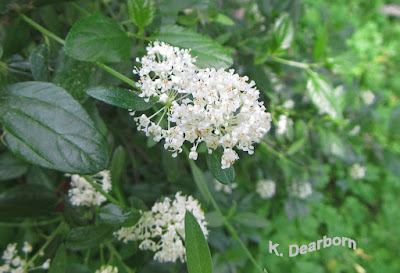 |
| Zion National Park |
This is about lies and obfuscation. The people after this land don't care about Native Americans or any other Americans. They only care about their own personal monetary wealth.
If the oil, coal, and gas resources on these public lands, or the oil and timber on other public lands, are so vital for development, why won't the individuals and corporations that want to exploit them come forward out of the shadows? Why do they put politicians forward with silver-coated talking points? Why don't they participate in an honest discussion about what they want and how they plan to extract these resources? How many local jobs will they really provide? What is the actual cost to the land, the water, and local communities?
Historians have clearly documented the fact that coal mining leaves towns and villages impoverished for multiple generations. Whether it is in Wales, England, southern Illinois, Pennsylvania, or the Appalachian Mountains of the U.S., coal mining leaves the local people with poorer health, less income opportunity, and polluted land and water less able to produce healthy food.
We have lived it here in California, the boom towns of the gold rush, the cities that grew up around the gold and silver mines are mostly ghost towns. You've probably never heard of Aurora, Bodie, or Cerro Gordo, cities built on men digging in the ground and smelting ore. Places where toxins piled up and forests were consumed. San Francisco, Los Angeles, and Sacramento became successful metropolises as suppliers to these towns, not as mining producers.
Across this country, families that struggle economically are so desperate for help they will believe shadowy thieves and the third-rate con-man they've put forward to speak for them. Struggling Americans are willing to believe that undermining their future will somehow provide them with a brighter present. The Republicans in Washington are trying to push through a similar empty promise with their flawed Tax Bill.
From the dismantling of the National Monuments to the pending Tax Bill, if the supporters truly believed these were good moves for the country, they would be happy to honestly lay out all of the details. They aren't. What kind of a future are we accepting?
















